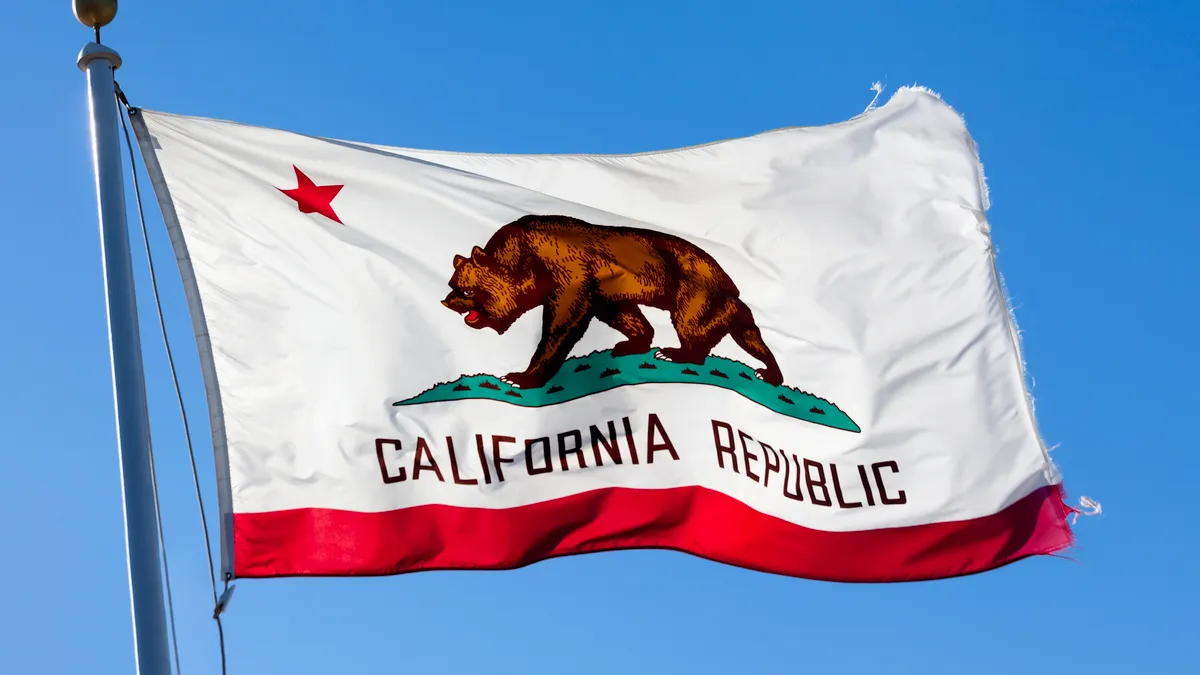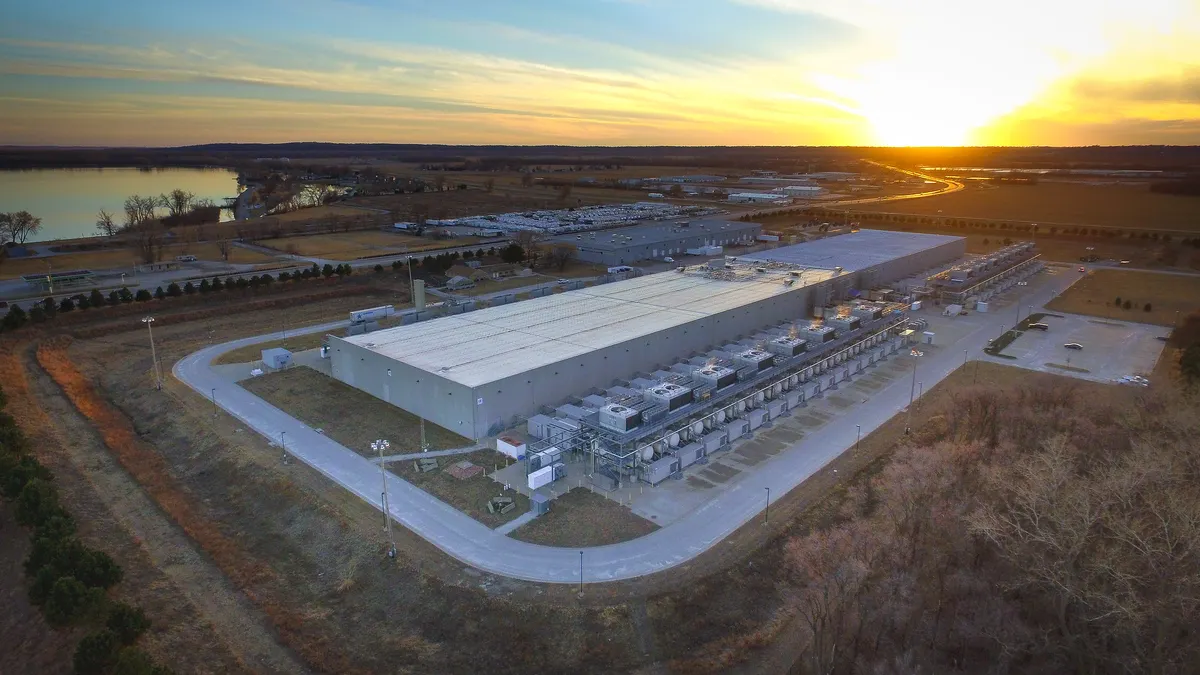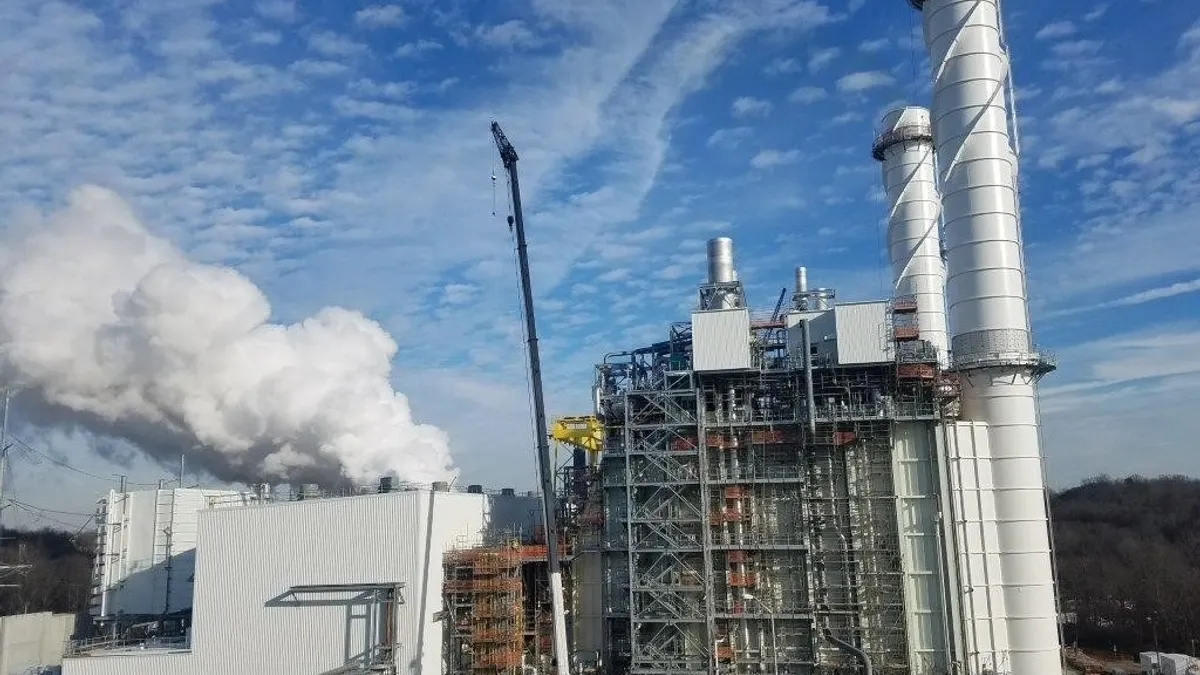The following is a contributed article by Kimberly Johnston, National Power & Utilities Tax Partner, Ernst & Young.
Across the United States, electric and gas utility companies have shown tremendous resolve, working around the clock to maintain power at residences and critical businesses, such as hospitals, factories and grocery stores. In light of the unprecedented socioeconomic consequences of COVID-19, as well as the essential nature of gas and electricity services, utility companies and regulators are also taking unique steps to see that customers receive service whether or not their energy bills are currently paid.
However, these steps — along with diminishing demand by commercial and industrial end users — are putting financial pressures on utility companies. To lessen the liquidity burden, there are some crucial tax avenues and regulatory matters for utilities to consider:
Coordinate with regulators and peers
Utility companies are evaluating the impact of various demand recovery outlooks and factoring in higher than anticipated costs. Regulators recognize it is crucial to balance customer energy bill relief with the liquidity needs of the utility. As such, the Federal Energy Regulatory Commission (FERC) issued a policy statement making clear that it will prioritize filings, requests for relief and cost recovery to support business continuity during this national emergency. Additionally, certain state utility commissions are putting in place rate mechanisms for utilities to recover additional, incremental costs incurred during the COVID-19 pandemic.
For instance, the Maryland Public Service Commission recently authorized the establishment of a regulatory asset for COVID-19-related incremental costs in an effort to minimize adverse financial impacts to Maryland utilities. Utility companies need to stay abreast of the numerous regulatory developments across the U.S. The National Association of Regulatory Utility Commissioners has a COVID-19 state response tracker on its website to help utility companies stay informed.
For those states that have not released COVID-19 actions or that have issued policy statements with broad intentions, utilities will be best served by proactively beginning conversations with state commissions. To support those conversations, utility companies should engage with peers serving customers in the same state to determine the quantitative impacts COVID-19 has had (and may continue to have) on utility operations.
Each state has its own unique set of circumstances: some are pandemic hot spots, some have a higher concentration of industrial customers resulting in greater demand declines, and some have greater summer season operational risks, such as wildfires. Conveying to regulators how this pandemic, and the unique circumstances within each of the states, has combined to impact the utility’s financial health and has increased the risks to energy resiliency may help secure approval of regulatory relief across the utility sector.
Evaluate federal COVID relief options
Utility executives should carefully evaluate the financial relief available as a result of the Coronavirus Aid, Relief, and Economic Security Act (the CARES Act) and state legislative relief packages to increase the benefits offered to regulated operations and customers. Some of the passed CARES Act benefits include employee retention credits, payroll tax cash deferrals, temporarily raising net operating loss limits, and acceleration of alternative minimum tax credits.
The orders issued by FERC and state commissions are not prescriptive and raise questions ranging from the types of costs that should qualify for rate recovery, challenges on capturing data from incremental load decline, and the cash effects resulting from regulatory lag. It is anticipated that regulators and interveners will inquire whether utilities pursued all eligible benefits available under relief packages to benefit customers. Utilities need to document how they assessed and determined whether to take benefits offered under legislative relief measures. This documentation will be important during the COVID-19 rate recovery approval process or as part of on-going rate proceedings.
As of April 23, Congress is evaluating a fourth COVID-19 bill which could include a Democratic proposal to establish a "Heroes Fund," to provide premium pay to frontline workforce to reward, retain and attract talent who are tirelessly servicing the public good and taking risks to deliver essential services to combat the pandemic crisis. The Heroes Fund, if included in final legislation, is anticipated to provide financial rewards to frontline utility workers and incentivize new recruits to join regulated utilities to address the unprecedented needs to provide safe, reliable energy across America.
It is unclear from the state commission orders released so far whether the rate recovery for COVID-19 incurred costs permitted under the special purpose regulatory applications can be netted against the federal and state legislative tax benefits. One should expect regulators to challenge any perceived or actual double dipping of relief benefits offered by Congress, state legislators and regulators. Evaluating the interplay of relief measures across various government bodies will be a key consideration to make the most of rate recovery costs and avoid any unintended consequences of denial or netting of legislative relief benefits against COVID-19 rate recovery.
Explore creative regulatory opportunities
Some utility companies are exploring creative regulatory opportunities to strengthen the utility’s cash liquidity to curtail economic consequences from the pandemic crisis and lower customer bills. One such thought is redeploying the cash tax benefits generated from the 2017 Tax Cuts and Jobs Act (TCJA) which are currently reported as regulatory liabilities as COVID-19 emergency funds.
Some utilities were successful in utilizing significant TCJA tax benefits for storm recovery investments in response to Hurricane Irma. Another recently proposed regulatory approach is a one-time decrease in electricity rates, resulting from lower fuel costs incurred by the utility
Balance short-term and long-term implications
Each of the above — leveraging federal funds, emerging rate mechanisms, and leveraging creative opportunities — have both short- and long-term implications.
Generally, utilities and regulators establish customer rates based on ongoing operational costs and capital investment outlays. The customers’ rates are generally established in general rate case proceedings resulting in an overall revenue requirement to cover utility operational costs and capital investments with an authorized return on equity.
The COVID-19 financial and relief impacts are currently viewed as temporary effects and not intended to have long-term consequences to the establishment of revenue requirements in the general rate-making framework. Consideration of the COVID-19 financial impacts on upcoming general rate cases, earnings monitor reporting and true-up mechanisms will be important to avoid reductions in revenue requirements for long-term rate-setting purposes.
Regulators recognize energy reliability is a core pillar to a national resiliency plan and are putting forth regulatory orders intended to protect regulated utilities and the U.S. communities that depend on essential energy services. Utility companies need to remain connected to key stakeholders, stay informed, and monitor regulatory and policy developments all the time, but especially in the current environment.





















